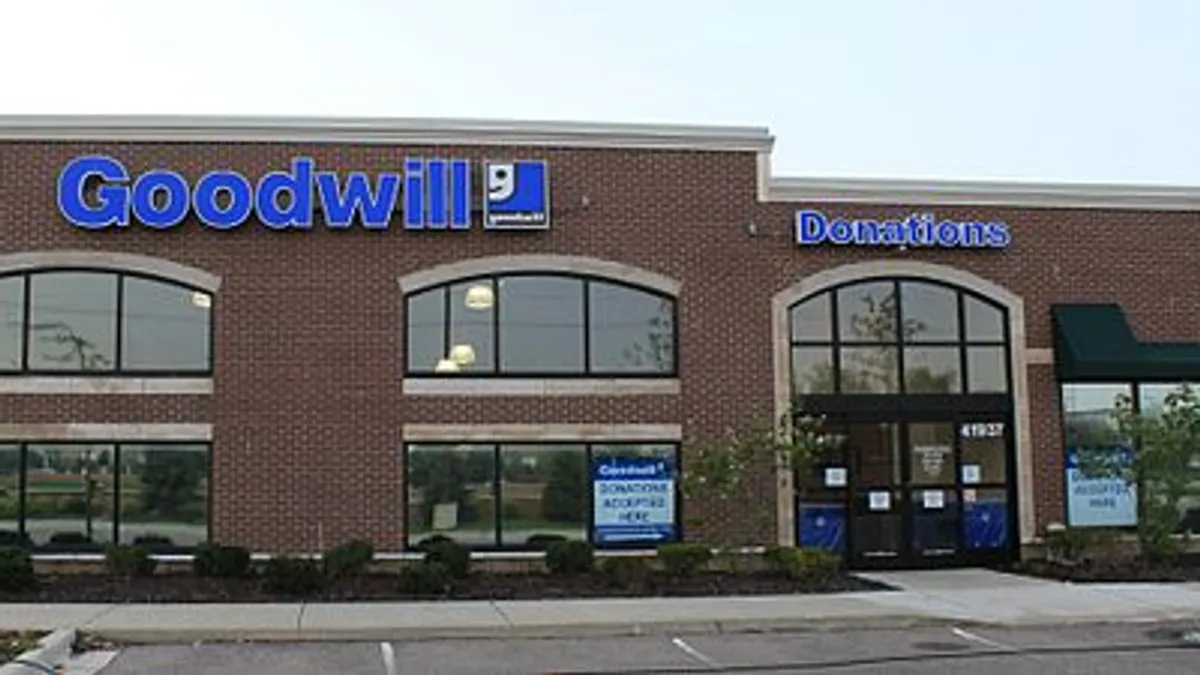Dive Brief:
-
Goodwill Industries, the charity re-sale organization that turns donated goods into jobs for poor and disabled workers, is taking a page from its for-profit rivals and opening boutique-style shops.
-
Second-hand shopping has taken off among millennials, who are budget-minded and interested in vintage finds.
-
The nonprofit has opened some 60 boutiques nationwide in the past four years.
Dive Insight:
Goodwill began as a church-based enterprise in 1902, taking in goods from the wealthy, mending and repairing them for resale to benefit the needy. Since then it’s become an international powerhouse, with a jumble of goods of all manner of type and condition, but its approach remains essentially the same.
Treasure-hunting at Goodwill can be quite an adventure, and shoppers of all incomes take part. There’s nothing quite like finding a pair of designer shoes for less then $15. And someone’s unwanted junk is another’s beloved kitsch.
These days at least a third of millennials shop at second-hand shops. Many in the younger generations are budget-minded, having come of age during a serious recession, and they also have concerns about sustainability and enjoy vintage finds. That means that second-hand and vintage boutiques have proliferated, and marketplaces like eBay have caught these young shoppers’ attention.
Goodwill is responding to the increased competition with boutiques of its own, reserving some of its more high-end donations, like upscale fashion and pricey bags and shoes, for the smaller stores, which have a more curated look and resemble upscale retail stores. The approach could also keep it in the game as the economy improves.
"The boutiques set us apart," Frank Talarico Jr., president of the Orange County, CA Goodwill organization, which has opened four upscale stores in the past two years, and counting. "This is a really nice way to expand. We are definitely not going to stop."












